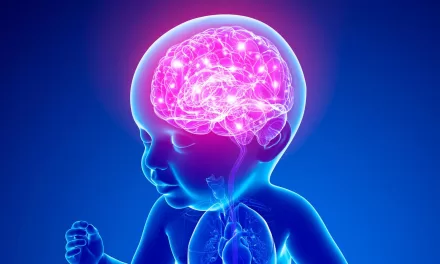University of Queensland Study Reveals Sustained Cognitive Benefits from High-Intensity Interval Exercise
A groundbreaking study by researchers at the University of Queensland has revealed that high-intensity interval exercise can significantly enhance brain function in older adults, with benefits lasting up to five years. Led by Emeritus Professor Perry Bartlett and Dr. Daniel Blackmore from UQ’s Queensland Brain Institute, the longitudinal study is the first controlled investigation of its kind to demonstrate that exercise can boost cognition in healthy older adults, rather than merely delaying cognitive decline.
“Six months of high-intensity interval training is enough to flick the switch,” said Emeritus Professor Bartlett. “In earlier pre-clinical work, we discovered exercise can activate stem cells and increase the production of neurons in the hippocampus, improving cognition.”
The study involved a large cohort of healthy volunteers aged 65 to 85 who participated in a six-month exercise program. Participants underwent biomarker and cognition testing and had high-resolution brain scans. Follow-up assessments conducted five years after the initial program revealed that participants still exhibited improved cognition, even if they had not maintained the exercise regimen.
“Aging is one of the biggest risks for dementia, a condition that affects almost half a million Australians,” Bartlett noted. “If we can change the trajectory of aging and keep people cognitively healthier for longer with a simple intervention like exercise, we can potentially save our community from the enormous personal, economic, and social costs associated with dementia.”
The research team, in collaboration with Honorary Professor Stephan Riek and the School of Human Movement and Nutrition Sciences at UQ, examined the effects of three exercise intensities: low (predominantly motor function, balance, and stretching), medium (brisk walking on a treadmill), and high (four cycles of running on a treadmill at near maximum exertion). Only the high-intensity interval exercise led to cognitive improvements that persisted for up to five years.
“On high-resolution MRI scans of the high-intensity group, we saw structural and connectivity changes in the hippocampus, the area responsible for learning and memory,” Dr. Blackmore explained. “We also found blood biomarkers that changed in correlation to improvements in cognition. Biomarkers can be useful in predicting the effectiveness of the exercise a person is doing.”
Given that one in three people aged 85 years or older is likely to develop dementia, the implications of this research are profound. Dr. Blackmore emphasized that the findings could inform exercise guidelines for older adults and encourage further research into different types of exercise that could be incorporated into aged care.
“We are now looking at the genetic factors that may regulate a person’s response to exercise to see if we can establish who will and who will not respond to this intervention,” Dr. Blackmore said. “The use of biomarkers as a diagnostic tool for exercise also needs further research.”
The study, which was published in the journal Aging and Disease, continues to receive support from the Stafford Fox Medical Research Foundation.
Implications for Public Health
This study’s findings highlight the potential of high-intensity interval exercise as a powerful tool to maintain and enhance cognitive function in older adults. With the growing aging population and the increasing prevalence of dementia, integrating such exercise programs into public health strategies could have a substantial impact on improving quality of life and reducing healthcare costs associated with age-related cognitive decline.
For older adults and those involved in their care, this research provides a compelling case for incorporating high-intensity interval training into regular exercise routines. It also underscores the importance of continued research into exercise interventions and their long-term benefits, paving the way for more effective and personalized approaches to healthy aging.













